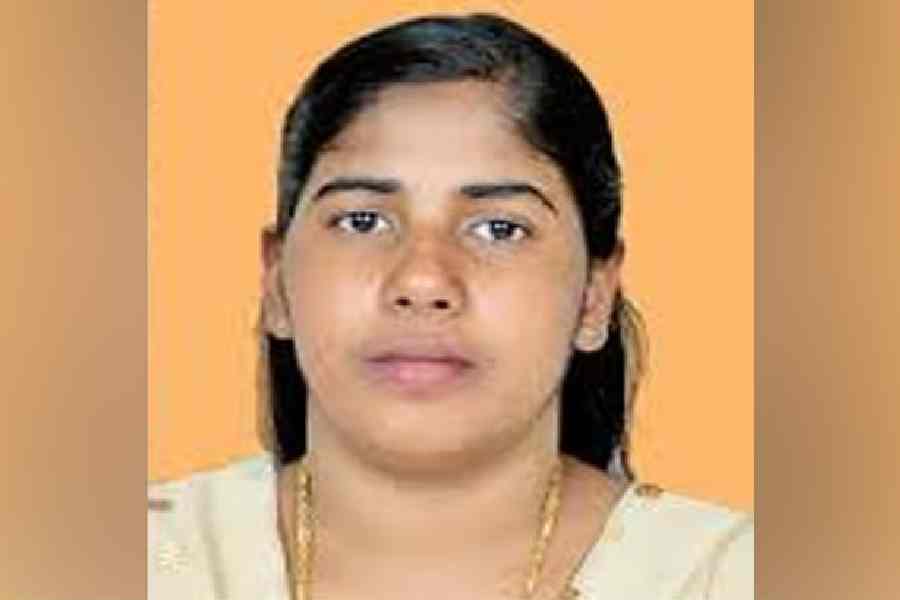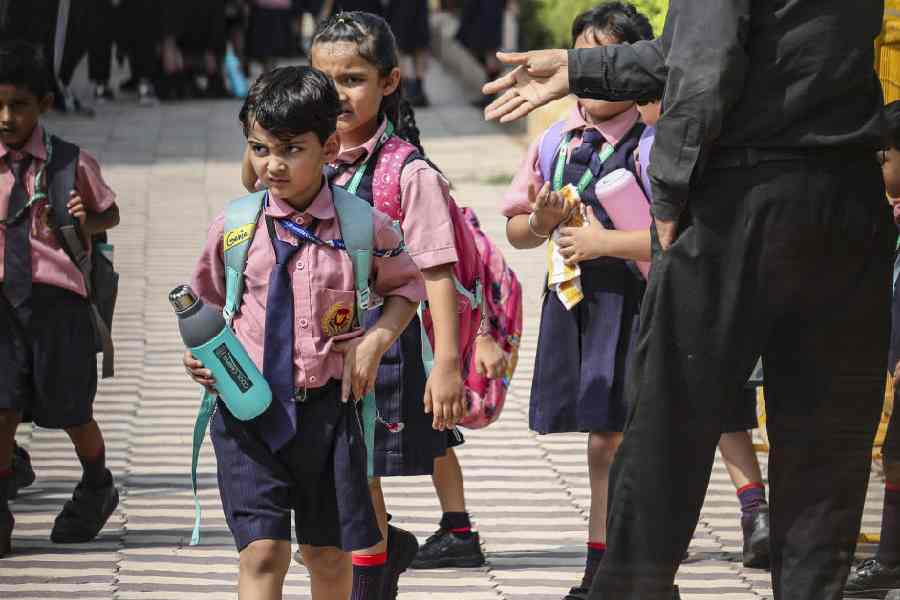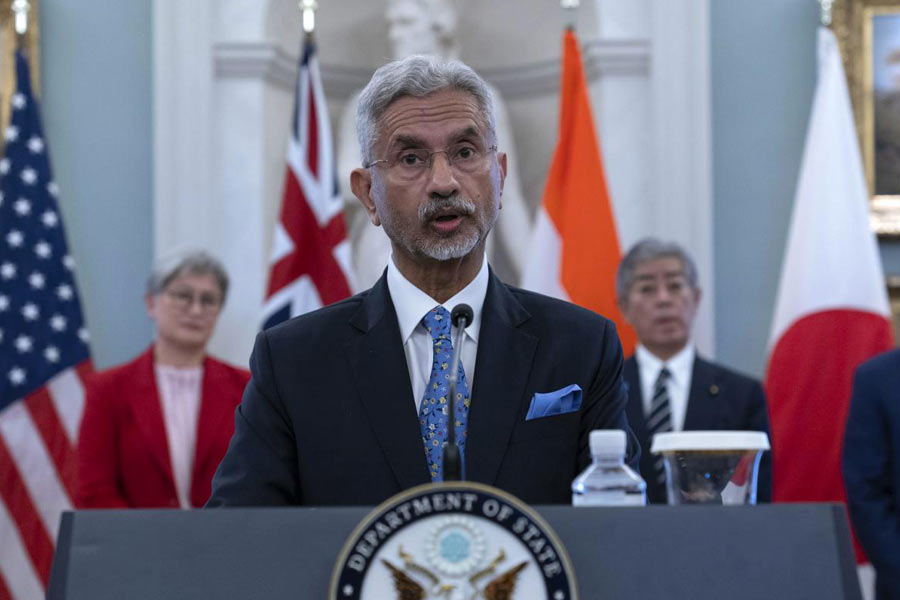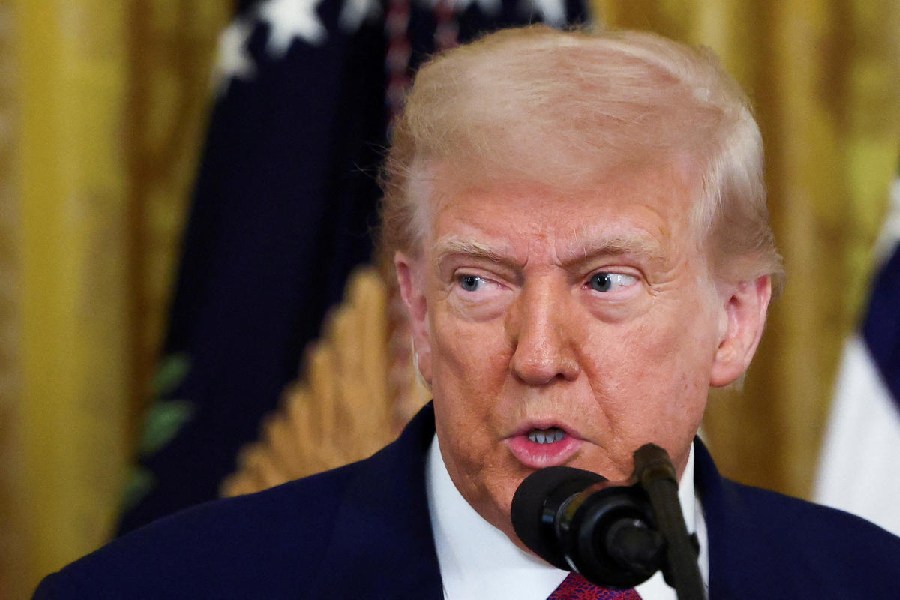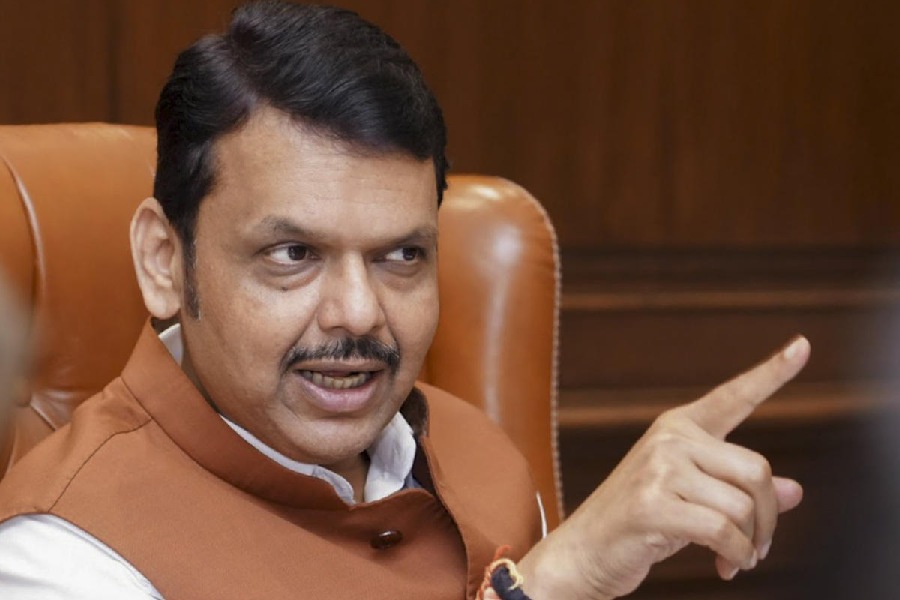Sivasagar, May 10: Assam has requested Arunachal Pradesh to abide by a 2002 Supreme Court ruling and refrain from setting up polling booths in disputed border areas for the May 16 rural and municipal polls.
The apex court had ruled in 2002 that states could continue polling from booths set up inside disputed areas prior to 1991 but could not set up new booths.
Despite this, Arunachal had set up polling booths in Hassirussa LP School and Ranglua LP School in the disputed Charaipung area under Sivasagar district during the 2009 Assembly election. Polling in the booths, however, was stopped midway after police and administrative officials from Assam objected.
Now, with the neighbouring state holding panchayat and municipal polls — the first under chief minister Nabam Tuki — on May 16, there are reports that booths are again being set up in the two schools.
In view of the reports, Sivasagar deputy commissioner Jatindra Nath Lahkar met his Longding district counterpart Shilpa Shinde at the circuit house here yesterday and requested her ensure that no booths are set up in disputed areas.
Speaking to The Telegraph, Lahkar said he had requested Shilpa to abide by the apex court guidelines and abstain from setting up polling booths in the disputed areas.
The meeting, however, did not arrive at a concrete decision, official sources said.
The sources said Shilpa would hold separate meetings with Charaipung residents and higher authorities before arriving at a decision. “Public reaction would be taken into consideration before Arunachal takes any decision,” one of them said.
Border magistrate of the Assam border’s Sector F, Richand Ahmed, said Arunachal had encroached upon 4,500 bighas of land in the disputed Charaipung area. Sector F covers the boundary with four Arunachal and Nagaland districts.
Sources said the Teok river was recognised as the boundary between the two states. “The government of Assam under chief minister Bimala Prasad Chaliha had in 1967 allowed Arunachal border residents of Charaipung to start betel leaf cultivation there against a nominal tax,” a source said, adding that the agreement to this effect was signed in Jorhat in 1967 and subsequently, people of Arunachal settled in the area known as Tanglang Basti.
“With the passage of time, more people settled in and the number of villages grew from one to five. Arunachal now claims the area up to Lahdoigarh, 7km from Teok river on the Assam side, as theirs. The residents even stopped paying the agreed tax to Assam from 1980,” he said.
The residents — predominantly belonging to the Wancho tribe — maintain that the area belongs to Arunachal and that Assam does not have any presence in the area. “Assam has never conducted population census in the area, neither has it conducted any election. Even electricity is supplied by Arunachal Pradesh,” a resident said.





